Matcha is a ground powder made from Tencha (tea leaves, the raw material for Matcha).
In the past, Matcha was not something people could buy in the shop. Instead, people bought Tencha leaves which they then ground themselves by using a stone mill to produce Matcha. In recent years, the hand operated stone mill has been replaced by the automated stone mill and packaging techniques have also improved, allowing Matcha to be produced and sold commercially.
Usually, Matcha is produced by blending various Tencha leaves collected from various tea farms by tea traders to match their own brand’s needs. However, some tea farms have begun producing Matcha using single estate tea leaves, or a single variety of tea leaf (single origin Matcha), and these are becoming popular among tea enthusiasts. And as we are a traditional Tencha farm, our teas are indeed single estate and single origin teas.
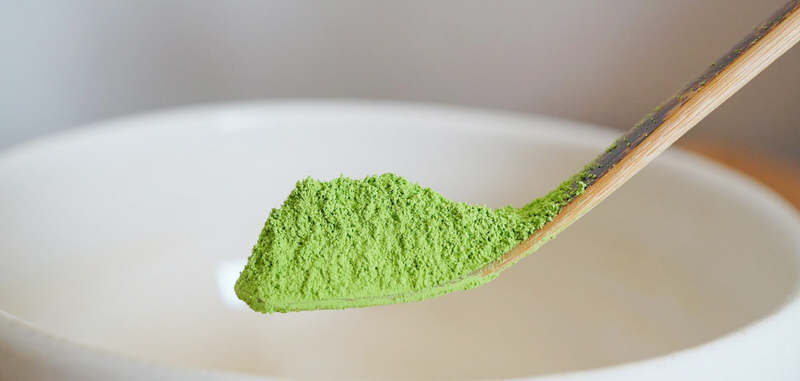
In our tea farm, we are growing four varieties of tea plants. Three of these, Asahi, Samidori and Ujihikari,are varieties native to Uji and as such are categorised as 'Uji variety'.
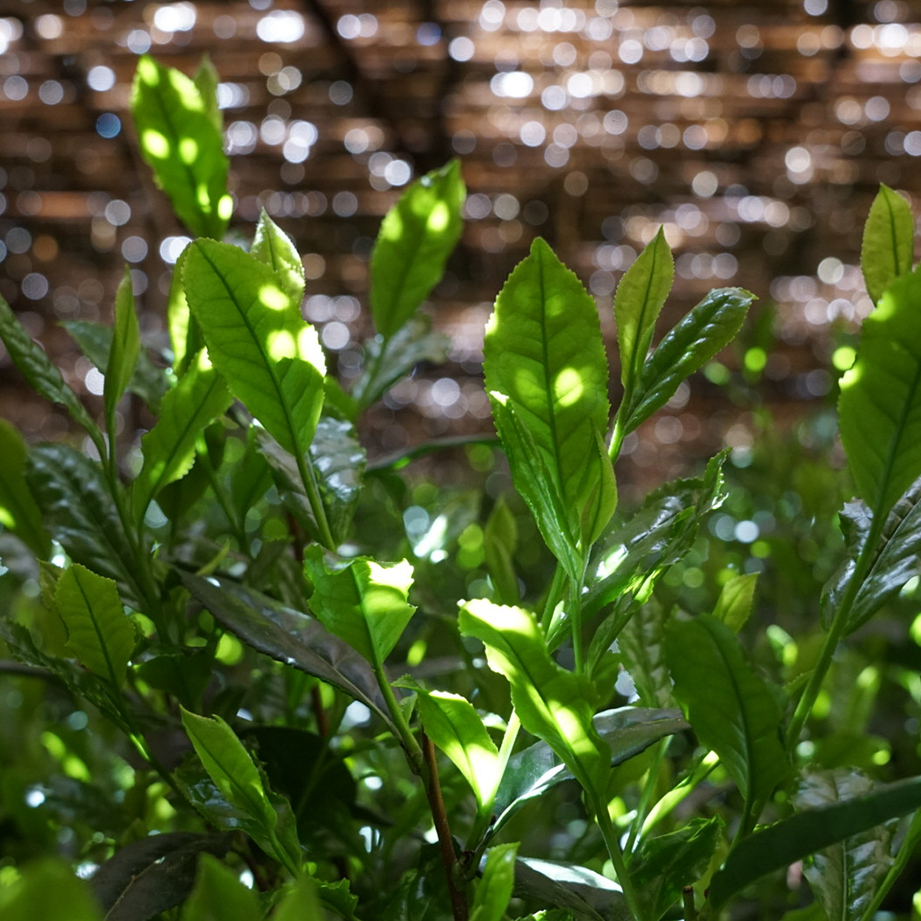
Variety: Asahi
Each leaf is large, thin and soft. Among native Uji varieties, this is a species found in the Gokasho area of Uji city. However, cultivation is labor-intensive, and it is difficult to increase the cultivated area due to the short period suitable for tea picking, and it is difficult to increase the yield.
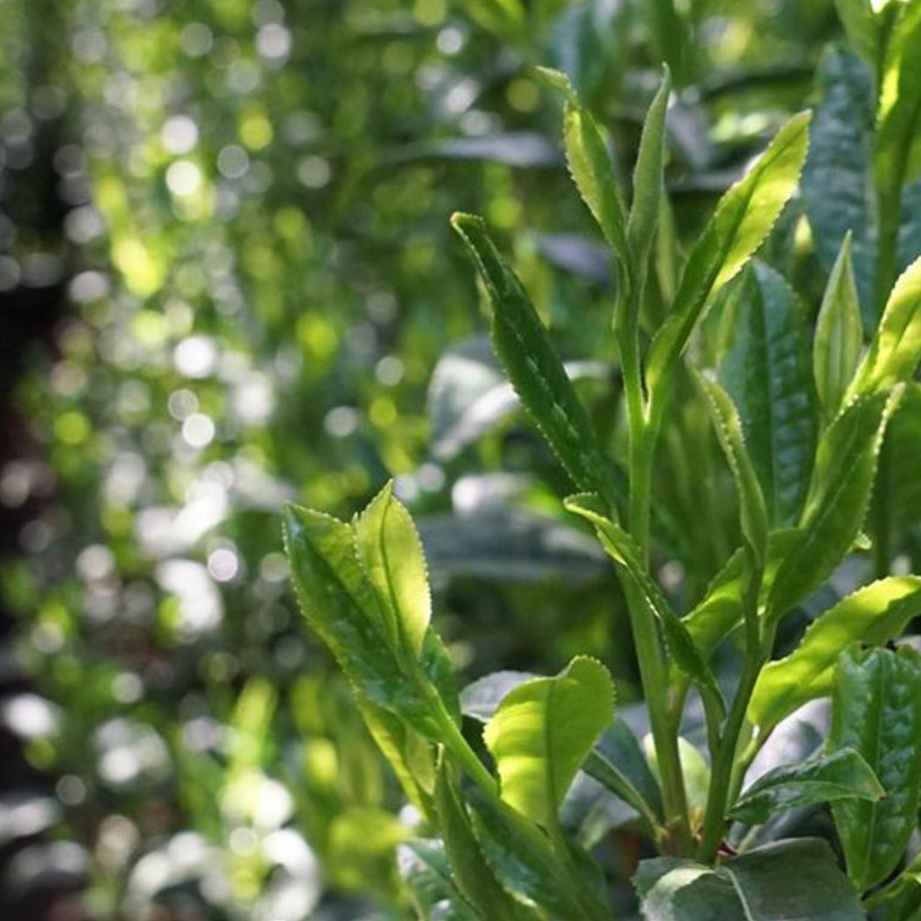
Variety: Samidori
This is the most cultivated variety of hand-harvested Tencha in Uji, as well as in our tea gardens, because the period suitable for tea picking is long and the yield is high. It is popular with tea pickers because it has a high water content, a firm stem, and is easy to pick.
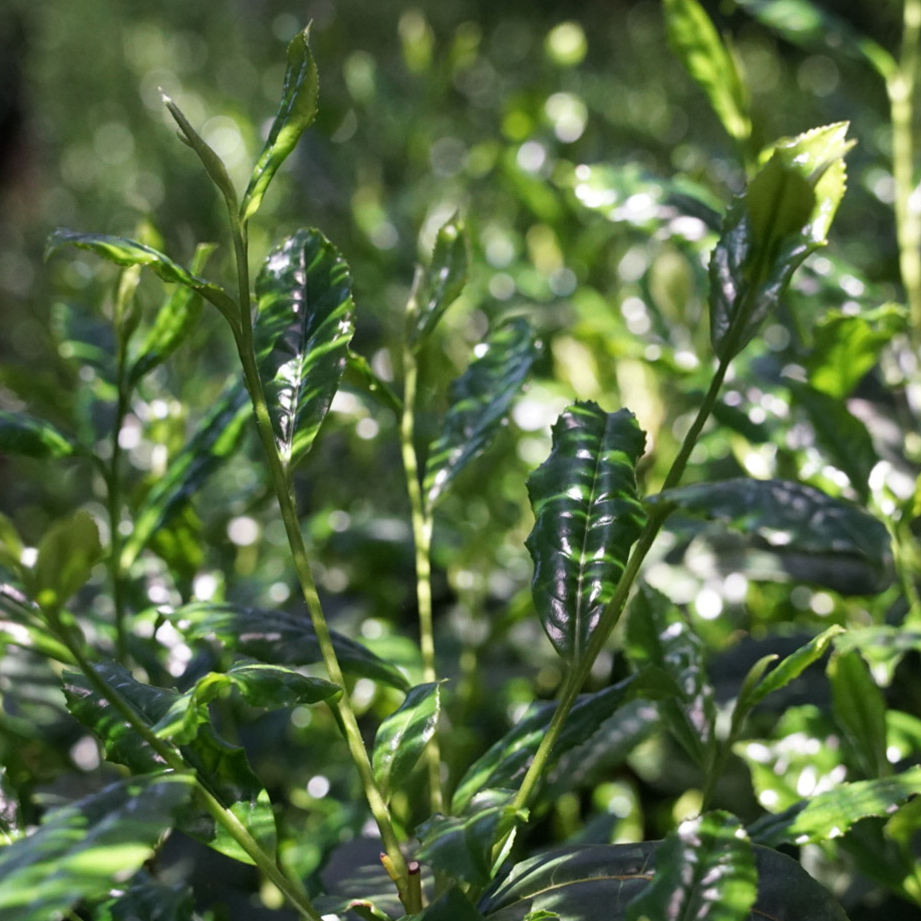
Variety: Saemidori
This variety was crossbred in Makurazaki, Kagoshima Prefecture. It has its origins in "Yabukita" and the Uji variety "Asatsuyu." It is susceptible to frost and long-term shading, but its distinct Umami is popular with many people. It is often used for Gyokuro, but it is likely to become more popular as a variety for Matcha.
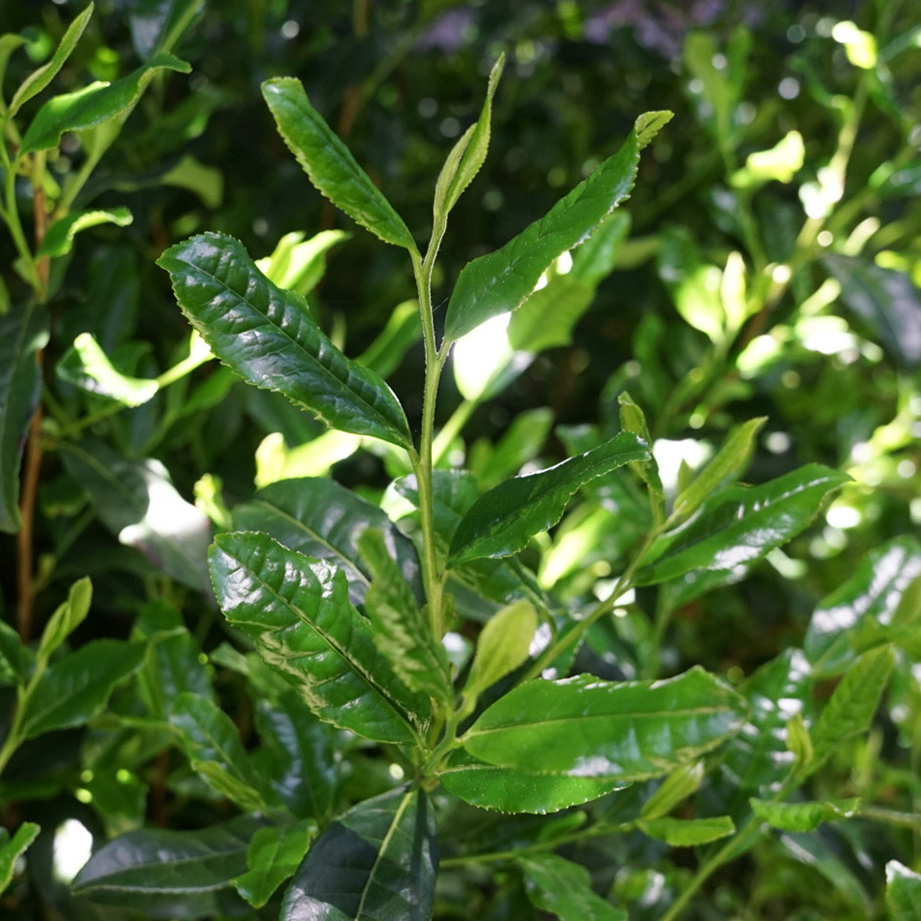
Variety: Ujihikari
As the name suggests, it is an Uji breed born and raised in Uji. Wavy leaves are characteristic of Ujihikari. Like the cultivar Asahi, the period suitable for tea picking is short and the yield is low. In addition, the leaves come out at small intervals, so it is difficult to pick, and the actual picking can be a little troublesome. However, as growers of Uji Tea, this is a variety that we would like to nurture carefully.
As we cover new shoots and limit sunlight, new leaves try to increase leaf surface area and chlorophyll to promote the natural process of photosynthesis, where plants gain energy.
As a result, the leaves turn a vivid green and become the perfect thickness for grinding.
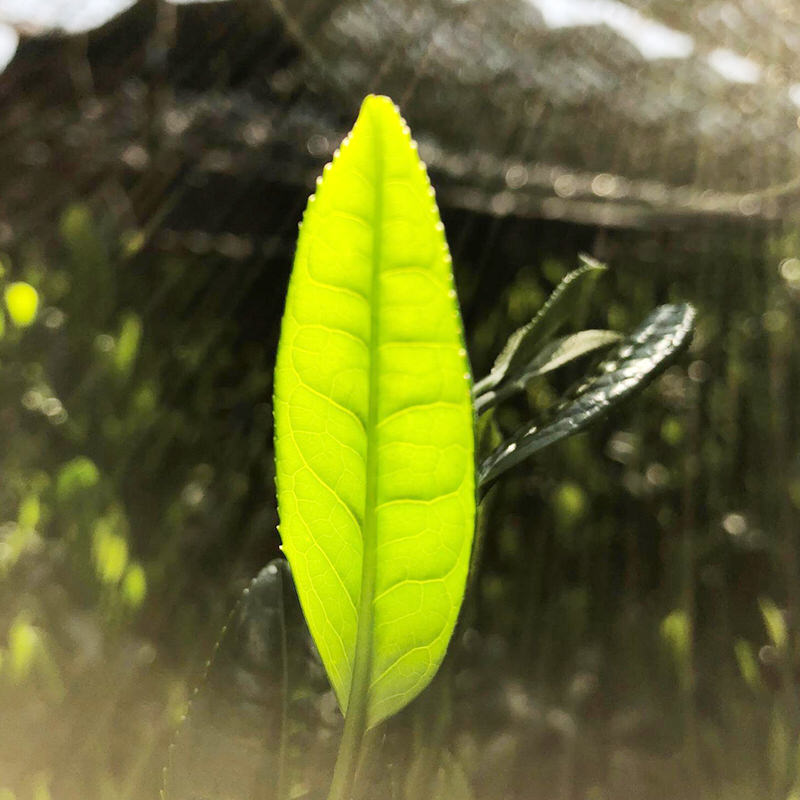
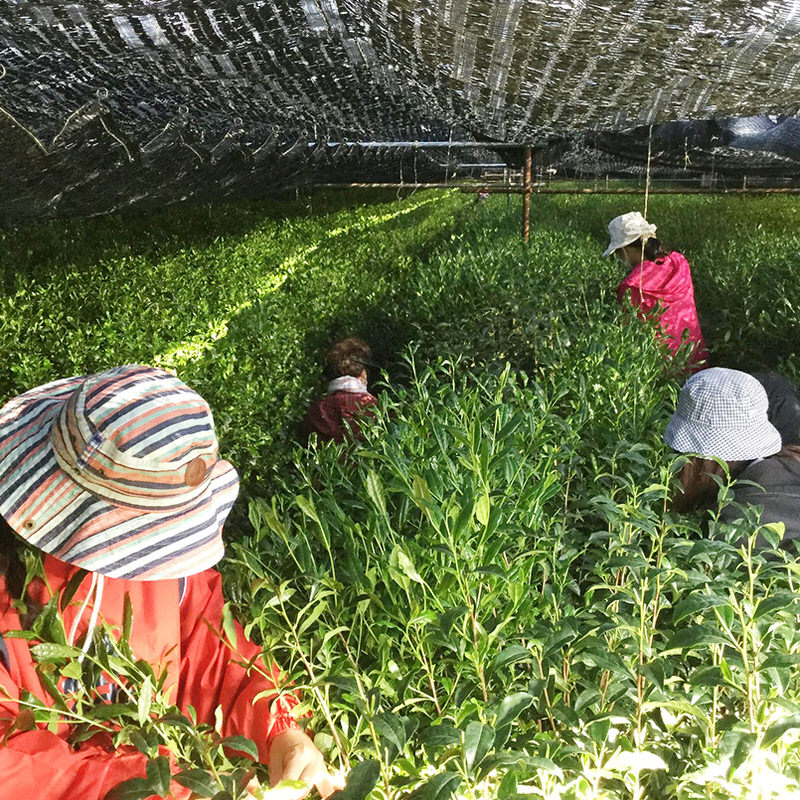
Tencha leaves are covered until we gently hand pick these leaves.

Hand picked leaves are steamed first and then dried in ‘Tencha-ro’ (a special furnace for Tencha) resulting in 'Aracha' (unprocessed tea).
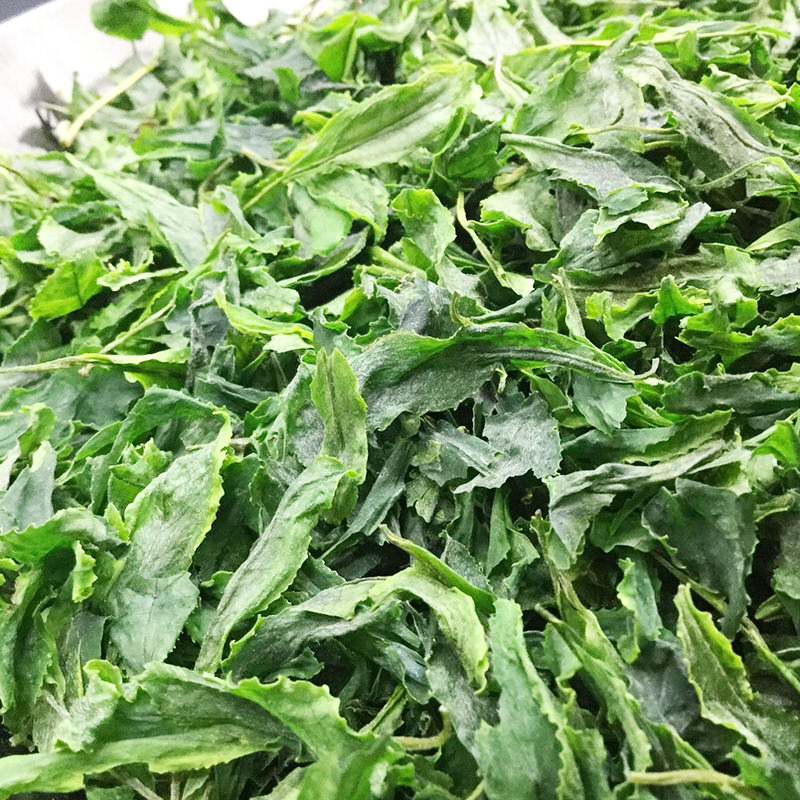
After the vein and leafstalks are removed, tea leaves are processed to obtain a uniform size, this is known as ‘Shitate-cha’ (processed tea), as this is important for grinding to achieve very fine Matcha powder. The grinding process is very gentle, producing approximately 40g of Matcha per hour.We assess the tea leaves each time and adjust the setting of stone mill in order to get the best results.
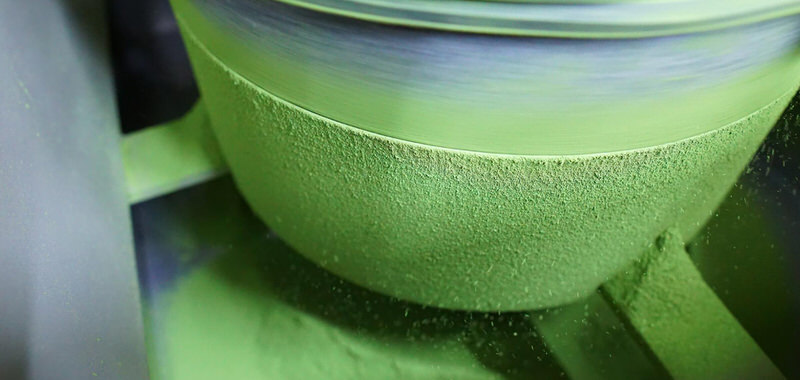
Matcha taste is a complex harmony of sweetness, bitterness, harshness and fragrance.
With high quality tea leaves and special techniques of blending, we can optimise the flavour and character that each tea plant has to offer.


























